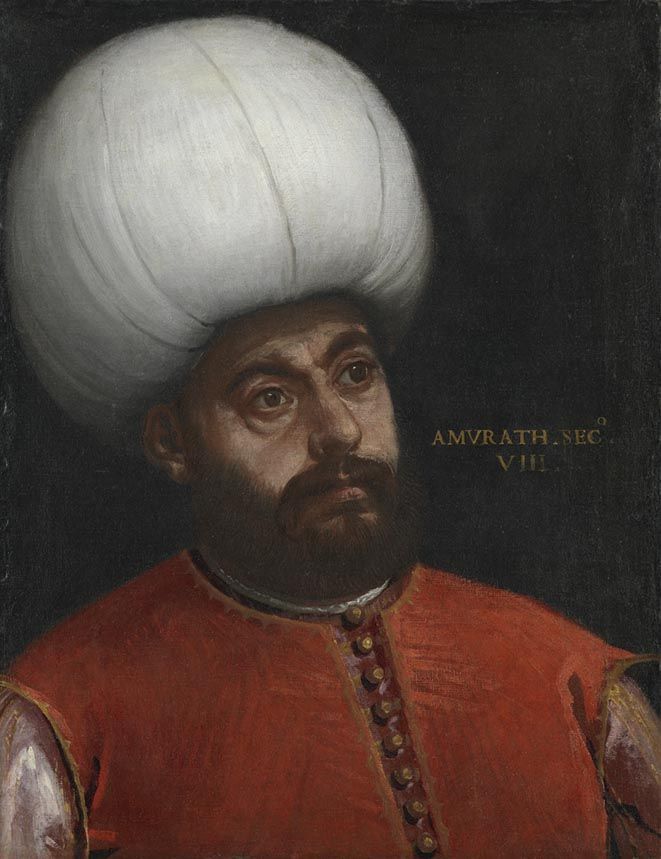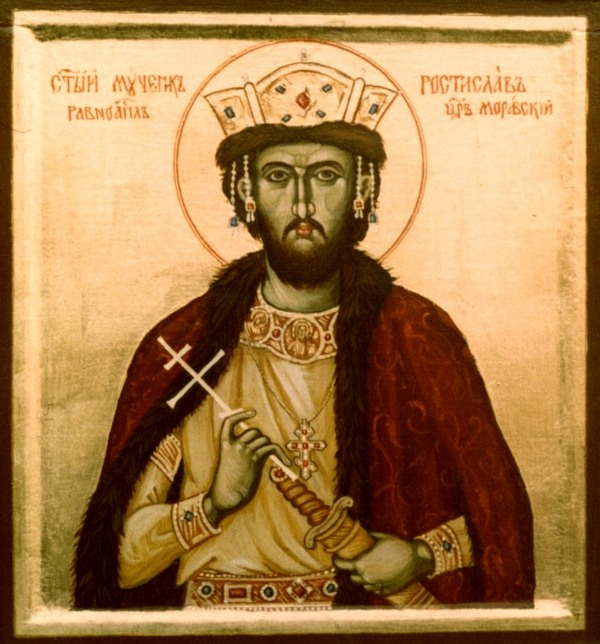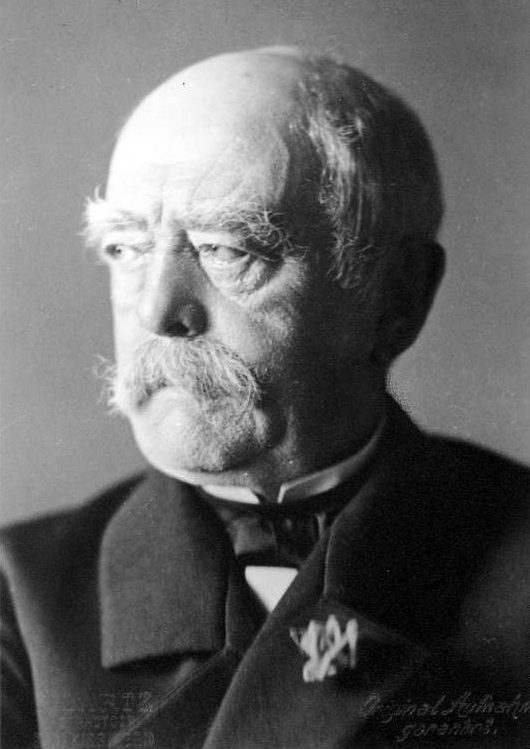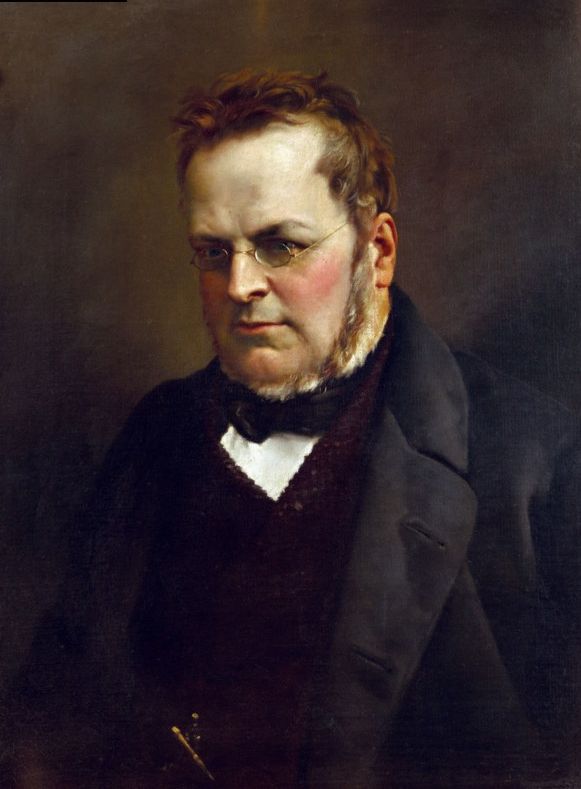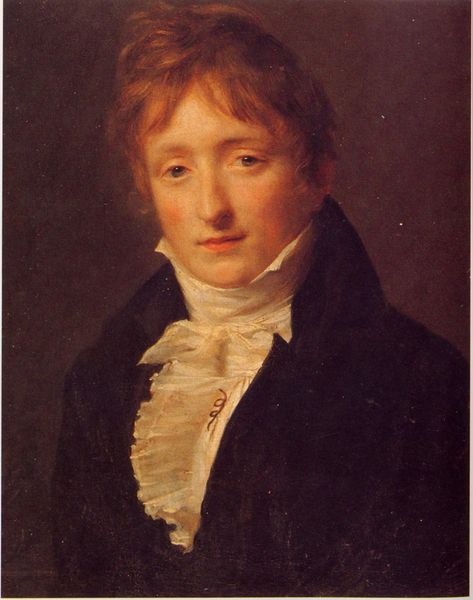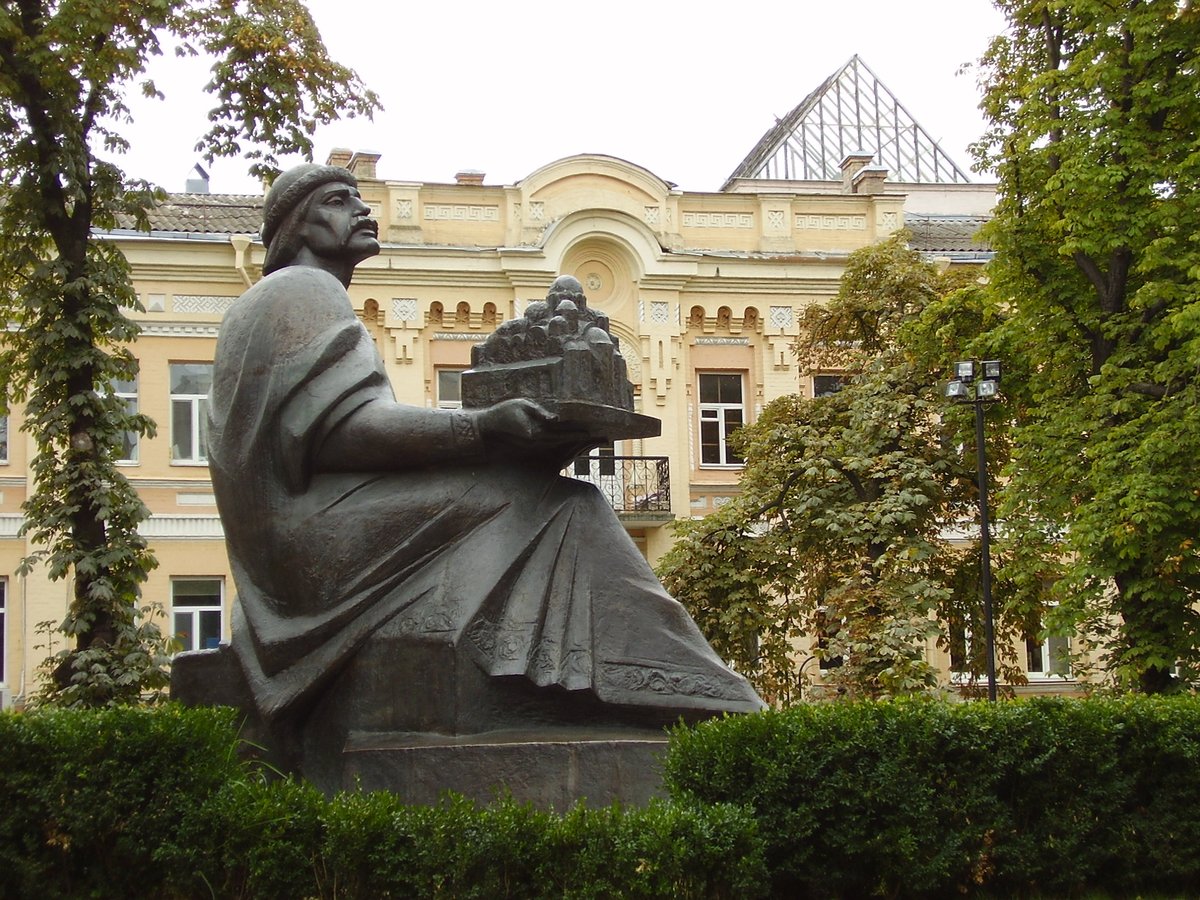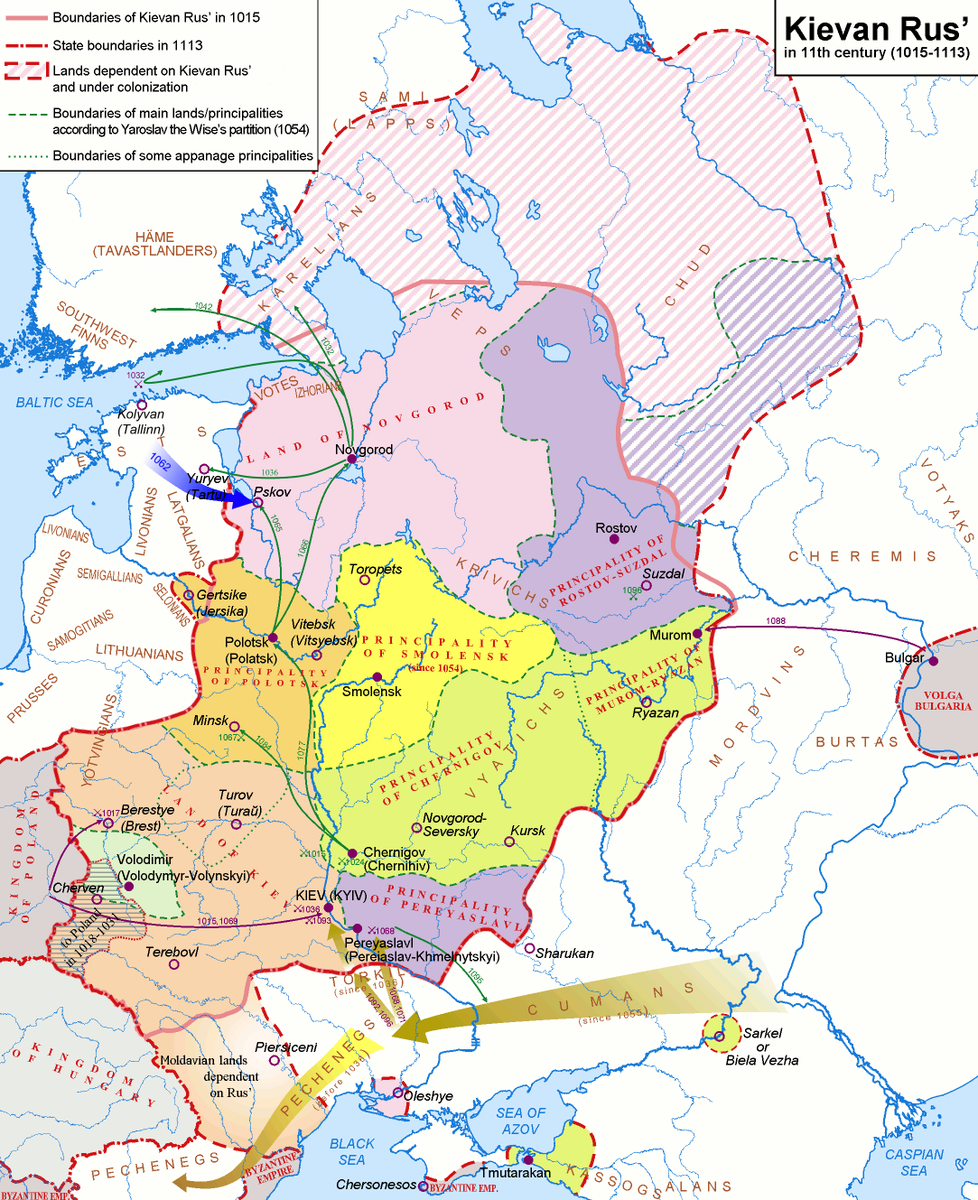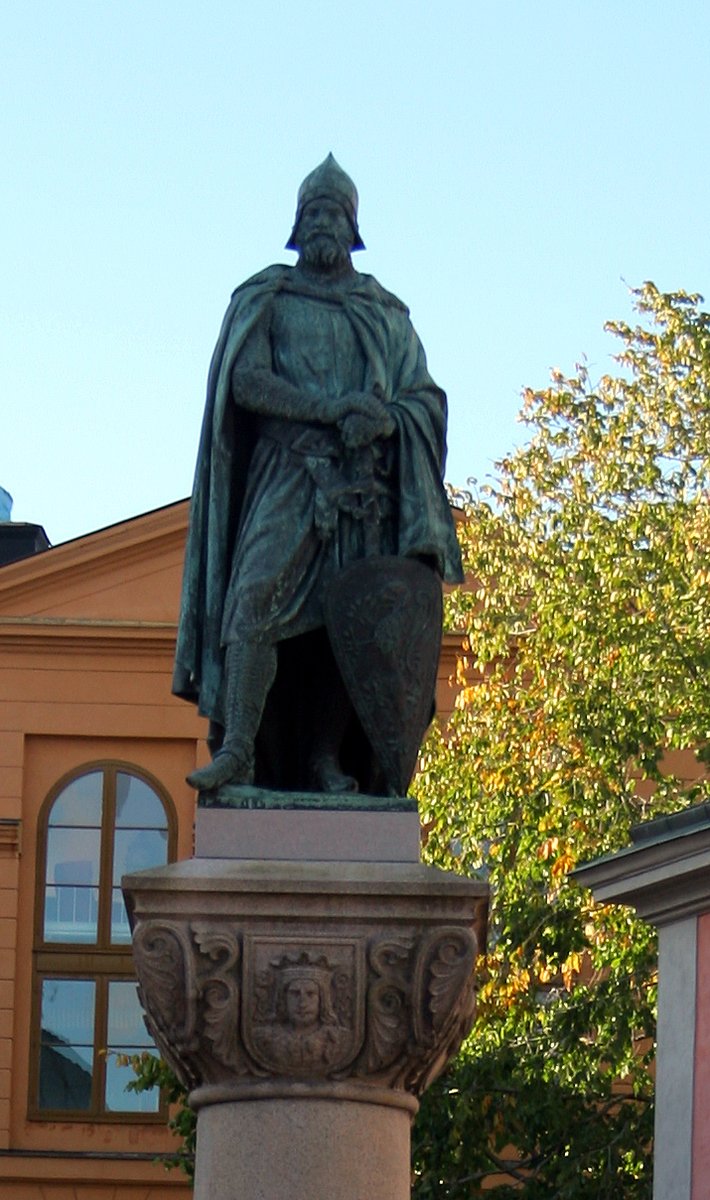Son of a lawyer, a soldier during a revolution.
A monarch and a new dynasty.
A multi-national union comes to an end, while a nation is conquered.
Story in the evening ...
A monarch and a new dynasty.
A multi-national union comes to an end, while a nation is conquered.
Story in the evening ...
https://twitter.com/Arby_K/status/1431081553069703168
Jean Baptiste Jules Bernadotte was born in 1763 to Jean Henri Bernadotte and Jeanne Saint Jean. A legal career got cut short after his father's death in 1780. Instead he joined the army, becoming Sergeant Major by 1789, before Bastille got stormed. 1/10 

Bernadotte progressed in the ranks of the Revolutionary Army, becoming a Brigadier General after his role in victory at Fleurus in 1794. In 1796, Bernadotte led his hugely outnumbered division to victory against the Habsburgs at Theiningen. 2/10 



Bernadotte was not involved in the 1797 Coup by the French Directory, but later became Minister of War briefly in 1799. Later in the same year, the Directory was removed by a coup by Napoléon Bonaparte. Bernadotte again played no role. 3/10 



Though Napoléon and Bernadotte didn't meet eye to eye, Bernadotte was appointed commander of the western forces. Later, Napoléon tried to send him to America to govern recently acquired Louisiana. Bernadotte was a Marshal of the Empire when Napoléon became Emperor. 4/10 

Bernadotte was appointed Governor of Hanover in 1805, and later he governed other German cities as well. In 1806, a Principality was created in Pontecorvo, Italy for Bernadotte. His administrative and military skills, however, led to an unexpected opportunity. 5/10 

The loss of Finland in 1809 to Russia had led to the deposition of the Swedish King. In his place, his uncle, Carl, became King. But King Carl needed an heir in 1810 and the Swedes sought Napoléon for assistance. In the end, Bernadotte got the short straw to the throne. 6/10 

In 1810, Bernadotte was elected by the Riksdag as the Swedish Crown Prince and adopted by King Carl. The new Crown Prince let Finland go, but sought another territory - Norway. Norway had been in union with Denmark for centuries. 7/10 

In 1812, France occupied Swedish Pomerania, though Sweden and France were allies. Later that year, Sweden switched sides, allying with Russia and soon with the rest of coalition against France. In 1813, the Crown Prince led the successful defence of Berlin in Dennewitz. 8/10 

After the Crown Prince contributed to the Coalition victory at Leipzig, he led the Swedish forces to victory against Denmark-Norway at Bornhöved. The Treaty of Kiel confirmed the Norwegian conquest by Sweden, though Norway tried to stay independent. 9/10 

After a short war with Norway, Sweden recognized Norway's independent Constitution and Parliament, though in union with Sweden. In 1818, the Crown Prince finally became King of Sweden-Norway with the name Carl Johan, and ruled for 26 years till his death in 1844. 10/10 



• • •
Missing some Tweet in this thread? You can try to
force a refresh


